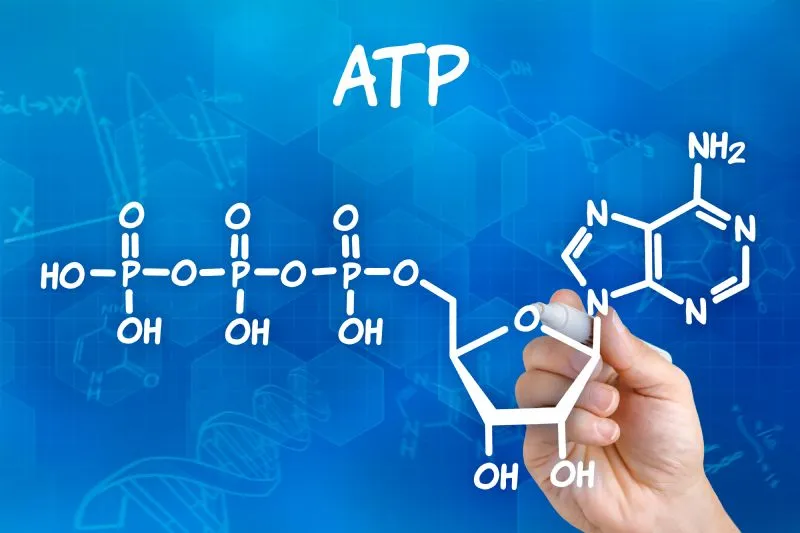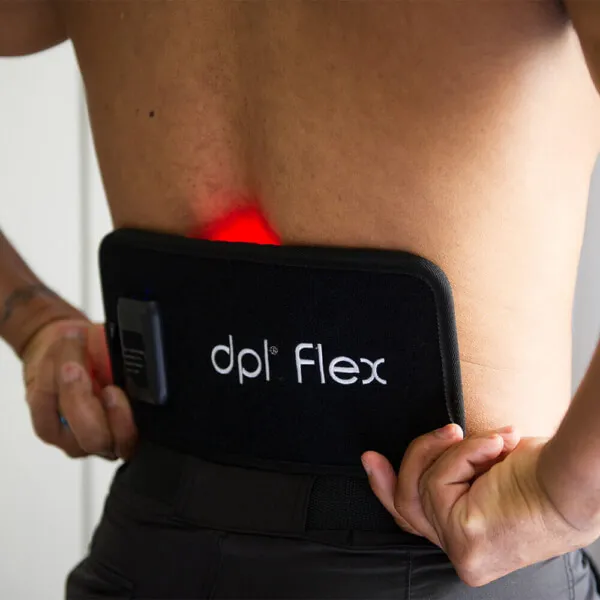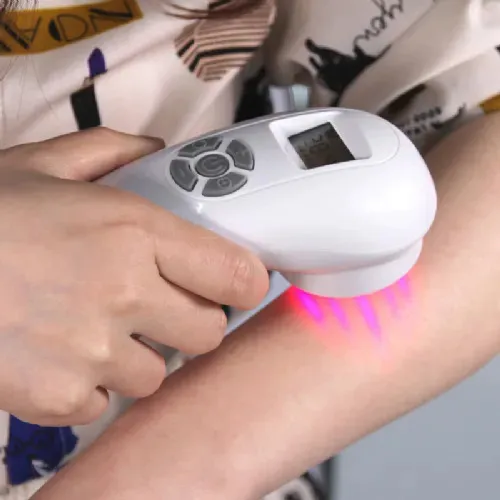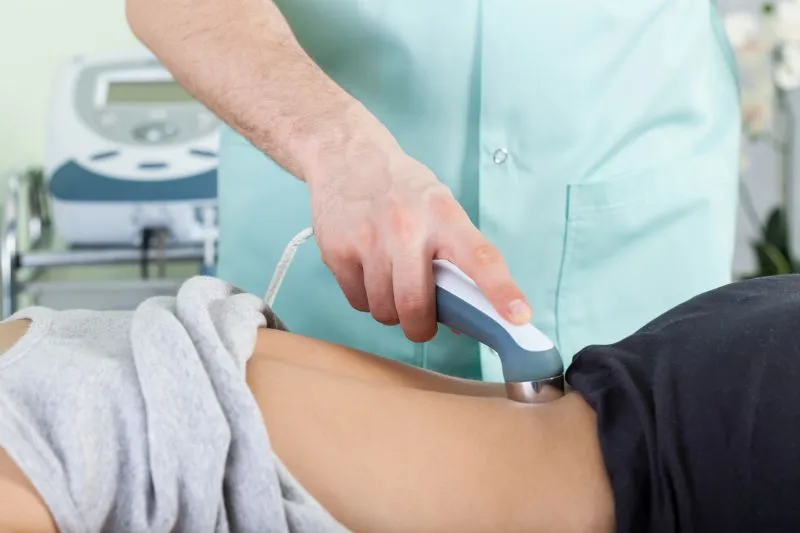 Written by Dr. Eric Wood, ND, MA
Written by Dr. Eric Wood, ND, MA
Photobiomodulation therapy (PBMT) is a broad category term that refers to several technologies that use various forms of light therapy to promote healing, relieve pain and reduce inflammation. The CDC estimates that 20.4% of adults are affected by chronic pain. Chronic pain can decrease one's quality of life and is a common reason adults seek medical attention. This is one area photobiomodulation therapies can help.
Also known as red light therapy, cold laser therapy, and laser therapy, PBMT uses non-ionizing light sources in visible, near-infrared, and infrared spectrums. These therapies are conducted by using light therapy products, and they are beneficial in speeding up the process of wound healing, tissue regeneration, and pain or inflammation reduction.

To understand how photobiomodulation therapy works, you must understand a little bit about how the human body works. The air we breathe and the food we eat are combined in the cell to produce a type of cellular energy called Adenosine Triphosphate (ATP). The actual process is complicated but think of it this way - the energy your body requires to heal takes place at the cellular level - in the mitochondria. To generate energy or ATP, oxygen must bind at the end of the cellular process. When the body is exposed to toxins such as pollution, smoke, poor diet, or injury, the cells become damaged, and nitric oxide is produced. Nitric oxide binds to the cellular chain before oxygen can, and this is where the trouble begins. When cells are subjected to oxidative stress, they cannot produce as much ATP, and thus inflammation, pain, and disease begins.
Because every cell contains many mitochondria, which are the primary light receptor sites, providing the right color and dose of light to stressed cells via photobiomodulation therapies allows the cells to benefit from reduced oxidative stress. As a result, the treated area will have increased circulation, ATP, and the ability to start normalizing and healing.

Because photobiomodulation therapy uses non-ionizing radiation, it does not come with the same risk as x-rays or other ionizing radiation procedures. PBMT is a non-invasive, drug-free procedure with few to no side effects or downtime. Therefore, PBMT, when used as directed, is generally safer than other treatment options.

Today, you can benefit from red light therapy from anywhere, including your own home. Red light therapy has numerous advantages for improving your health and reducing the signs of aging without the downtime of other treatment modalities.
Red light therapy benefits the skin by stimulating collagen production while avoiding the negative side effects of chemical peels and microdermabrasion treatments. There is also no need for follow-up care. The skin absorbs light energy and converts it to chemical energy, promoting blood circulation and thusreducing inflammation and hastening recovery.

Cold laser therapy is a non-invasive procedure that doesn’t require medication, downtime, or lengthy recovery. According to research, it is beneficial for targeting areas of pain in the body and thus reduces pain in the areas treated and can provide relief for up to five months post-treatment in some cases.
Almost everyone will experience muscle pain, joint pain, or injury at some point. It is pretty much inevitable! If you are in pain, cold laser therapy an excellent alternative to opioids and other medication management options. As studies show, theUnited States is experiencing an opioid crisis. Eliminating or reducing opioids can help to provide a healthier option for acute and chronic pain sufferers.

Laser therapy employs more powerful wavelengths that are precisely tuned. According to Healthline, the laser therapy light is powerful enough to cut and shape diamonds or steel. Surgeons use this type of laser to decrease the damage to surrounding tissues. It can destroy cancerous tumors and cauterize or seal tissue inside the body. Laser therapy is less painful than traditional surgical procedures and reduces recovery time for most patients.

RLT is an alternative treatment option that provides therapeutic and cosmetic benefits for various needs with minimal to no side effects. Below are the most popular conditions red light therapy can help with:
Many medical specialists, including dentists, physical therapists, medical doctors, and other healthcare professionals, use cold laser therapy to eliminate pain, muscle spasms, or swelling in the injured area. In addition, there is growing research on the benefits of near-infrared light improving the effects of certain brain disorders such as dementia and Alzheimer's. The following conditions can be treated with cold laser therapy:
Laser therapy is a more powerful option that trained providers often use in medical or surgical settings. The following conditions may be treated with laser therapy:

With a variety of photobiomodulation therapies available, you can easily find relief from chronic or acute joint and muscle pain in the comfort of your own home or a healthcare setting. These therapies are also useful in hastening wound healing, tissue regeneration, and anti-aging processes. Please see our Light Therapy products for more information on the available products to meet your specific requirements.
Looking for more therapies, treatments, and pain relief tips? Check out our blog Caregiver University for more information.

Dr. Wood is a licensed naturopathic doctor in Washington D.C. and founder of Visionary Health. A graduate of the Canadian College of Naturopathic Medicine, Dr. Wood is a professor at John Patrick University in the Integrative and Functional Medicine Department as well as an adjunct professor at the American College of Healthcare Sciences in Holistic Nutrition. He began his career as a specialty physician for two leading supplement US companies, Neuroscience Inc. and Life Extension. Over his fifteen-year career in integrative and holistic medicine, he has worked in diverse capacities including as an educator; writer; medical advisor, consultant and formulator for supplement companies and treatment centers in the US and the EU; public speaker; and clinician. He has long been a practicing advocate of lifestyle medicine, fitness and mind body medicine approaches initially spurred by aging family members not getting help from traditional medicine and is passionate about innovating and bringing natural and integrative medicine to the masses!